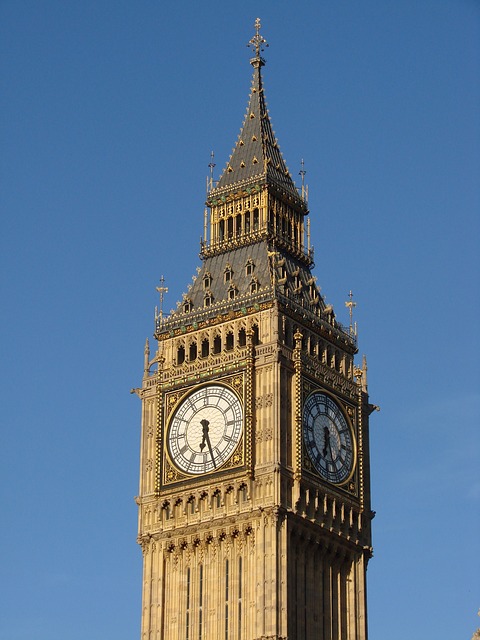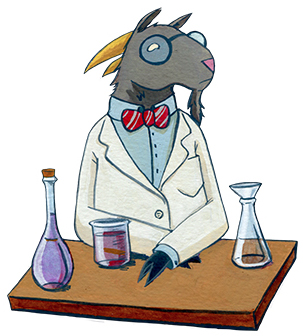Difference between revisions of "Typography In London"
From Londonhua WIKI
| Line 56: | Line 56: | ||
==Anatomy of Typography== | ==Anatomy of Typography== | ||
| + | <br> | ||
| + | As mentioned earlier there are a lot of different factors that go into making a good font, or a good form of typology. This section will explain this further. | ||
| + | <br> | ||
| + | Legibility is extremely important when designing a font. Mentioned earlier was readability, but legibility is different, its the ability of the letters to be distinguished from one another. One example of this is Edward Johnston's Underground font. It is important that all the letters are clearly legible in the fast paced environment, and that people are able to read the stations signs with names that they might not be familiar with. When you are looking for a legible typeface the characteristics include larger open or closed spaces, which means a larger x-hieght. You have to be careful with a lager x-height however because that means you will have shorter ascenders and descenders, and this can cause confusion between certain letters such as i and l. Large counters are also very important when it comes to being able to tell the difference between letters such as e, a, s, c, and o. The size of the font also plays into legibility. Many people cannot read small text, so if your font is 6pt or less most of your audience will not be able to read it. One last aspect that plays into legibility is the contrast between the background and the color of your font. If the tone of the two is close, then the text will be less legible. Something to keep note of is that when printing black ink on a glossy white, it will actually become less legible than printing it on matte paper, because of the reflection of light. Something which is very similar to legibility but slightly different is readbility. | ||
| + | <br> | ||
| + | |||
==Learning Typography== | ==Learning Typography== | ||
Revision as of 09:04, 5 June 2017
Typography in London
by Emily Wilson and Olivia Gibbs
 Your Project Page Picture Caption |
Contents
- 1 Typography in London
- 2 Abstract
- 3 Introduction
- 4 Section 1: Background
- 4.1 Defining Typography and Calligraphy
- 4.2 What is Typography?
- 4.3 Speaking, Reading, and Writing Typography
- 4.4 History of Typography
- 4.5 Anatomy of Typography
- 4.6 Learning Typography
- 4.7 The Effects of Changing Pens and there Holds
- 4.8 Recognition of Lettering in Britain
- 4.9 Edward Johnston
- 4.10 Subsection 6
- 5 Section 2: Deliverable
- 6 Conclusion
- 7 References
- 8 Attribution of Work
- 9 External Links
- 10 Image Gallery
Abstract
The paragraph should give a three to five sentence abstract about your entire London HUA experience including 1) a summary of the aims of your project, 2) your prior experience with humanities and arts courses and disciplines, and 3) your major takeaways from the experience. This can and should be very similar to the paragraph you use to summarize this milestone on your Profile Page. It should contain your main Objective, so be sure to clearly state a one-sentence statement that summarizes your main objective for this milestone such as "a comparison of the text of Medieval English choral music to that of the Baroque" or it may be a question such as "to what extent did religion influence Christopher Wren's sense of design?"
Introduction
I suggest you save this section for last. Describe the essence of this project. Cover what the project is and who cares in the first two sentences. Then cover what others have done like it, how your project is different. Discuss the extent to which your strategy for completing this project was new to you, or an extension of previous HUA experiences.
As you continue to think about your project milestones, reread the "Goals" narrative on defining project milestones from the HU2900 syllabus. Remember: the idea is to have equip your milestone with a really solid background and then some sort of "thing that you do". You'll need to add in some narrative to describe why you did the "thing that you did", which you'd probably want to do anyway. You can make it easy for your advisors to give you a high grade by ensuring that your project milestone work reflects careful, considerate, and comprehensive thought and effort in terms of your background review, and insightful, cumulative, and methodical approaches toward the creative components of your project milestone deliverables.
PLEASE NOTE: this milestone template has only a few sections as examples, but your actual milestone should have many relevant sections and subsections. Please start to block out and complete those sections asking yourself "who, what, when, where, and why".
Remember, as you move toward your creative deliverable, you're going to want/need a solid background that supports your case, so you want it to paint a clear and thorough picture of what's going on, so that you can easily dissect your creative component and say "This thing I did is rooted in this aspect of my background research".
Section 1: Background
Now you're on your own! Your milestone must include a thorough and detailed background section with detailed subsections; if additional articles are required to be referenced in this background section, create those as well and link to them (the creation of all pages is tracked by the wiki site and attributed to your username). Remember to use rich multimedia whenever possible. Consult the Help page as needed! Remember, if you don't see an article on this site that is an integral part of your project, create it! Your entire page-creating/page-editing history factors into your overall grade.
Defining Typography and Calligraphy
What is Typography?
Conventions of Typography
Work as a Typographer
Aspects of Typography
Using Fonts
Speaking, Reading, and Writing Typography
History of Typography
In Business Settings
In Rural Settings
In Urban Settings
Anatomy of Typography
As mentioned earlier there are a lot of different factors that go into making a good font, or a good form of typology. This section will explain this further.
Legibility is extremely important when designing a font. Mentioned earlier was readability, but legibility is different, its the ability of the letters to be distinguished from one another. One example of this is Edward Johnston's Underground font. It is important that all the letters are clearly legible in the fast paced environment, and that people are able to read the stations signs with names that they might not be familiar with. When you are looking for a legible typeface the characteristics include larger open or closed spaces, which means a larger x-hieght. You have to be careful with a lager x-height however because that means you will have shorter ascenders and descenders, and this can cause confusion between certain letters such as i and l. Large counters are also very important when it comes to being able to tell the difference between letters such as e, a, s, c, and o. The size of the font also plays into legibility. Many people cannot read small text, so if your font is 6pt or less most of your audience will not be able to read it. One last aspect that plays into legibility is the contrast between the background and the color of your font. If the tone of the two is close, then the text will be less legible. Something to keep note of is that when printing black ink on a glossy white, it will actually become less legible than printing it on matte paper, because of the reflection of light. Something which is very similar to legibility but slightly different is readbility.
Learning Typography
The Effects of Changing Pens and there Holds
Recognition of Lettering in Britain
Edward Johnston
...and so on and so forth...
Subsection 6
...and so on and so forth...
Section 2: Deliverable
In this section, provide your contribution, creative element, assessment, or observation with regard to your background research. This could be a new derivative work based on previous research, or some parallel to other events. In this section, describe the relationship between your background review and your deliverable; make the connection between the two clear.
Subsection 1
...use as many subsections or main sections as you need to support the claims for why what you did related to your Background section...
Subsection 2
...and so on and so forth...
Gallery
Conclusion
In this section, provide a summary or recap of your work, as well as potential areas of further inquiry (for yourself, future students, or other researchers).
References
Add a references section; consult the Help page for details about inserting citations in this page.
Attribution of Work
For milestones completed collaboratively, add a section here detailing the division of labor and work completed as part of this milestone. All collaborators may link to this single milestone article instead of creating duplicate pages. This section is not necessary for milestones completed by a single individual.
External Links
If appropriate, add an external links section
Image Gallery
If appropriate, add an image gallery


